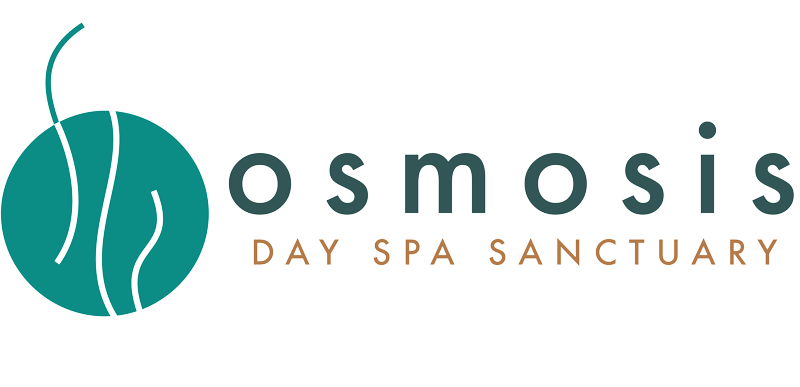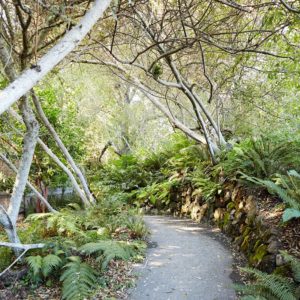Days of Wines and Enzymes
The seaside village Bodega Bay and the neighboring valley hamlet of Bodega are unlikely places for a spa weekend, their chief claim to fame being as the setting for Alfred Hitchcock’s 1963 film “The Birds.” But during my stay in early March, I encountered nothing more spine-chilling than the cool hands of a talented massage therapist. The towns themselves, both in Sonoma County about 60 miles north of San Francisco, looked refreshingly untouched by the four decades since the film’s release: clapboard cottages dot the hills and fishing trawlers deliver oysters and Dungeness crabs to a weathered pier as seagulls flap around soothingly. But the Bodega area has quietly imported the wine country’s sophisticated tastes to the coast in recent years. The three very different spas I sampled – two in small luxury hotels, the third a Japanese day spa – all cater, at least partly, to an epicurean clientele of foodies and vineyard-hoppers. And each emphasize sensual, low-impact rejuvenation, where afternoons seemed far better spent lolling at hotel wine hours than working out.
Osmosis Enzyme Bath Lying in a large redwood tub, I was buried up to my neck in a substance resembling soft, springy, steaming hot moss. I felt profoundly relaxed, as if I were floating – so much so that time started playing tricks: what seemed like a few heightened, pulsating moments turned out to be 15 minutes. Afterward, my attendant assured me these were some classic, if rather fantastical, effects of a cedar enzyme bath. Though its name sounds about as alluring as a high school chemistry class experiment, Osmosis Enzyme Bath, a marvelous day spa in Freestone, an inland town neighboring Bodega, has been offering this exotic and exhilarating treatment from Japan since 1985. As I approached the spa on a quiet country road, its two-story clapboard main building looked disconcertingly Western – like a Wild West saloon, in fact. But inside, shoji screens and potted bamboo abound. I’d booked the spa’s signature, two-and-a-half hour treatment ($155, but $170 on weekends): tea, bath and massage. In a private tearoom strewn with black silk floor pillows that opened onto a Japanese garden, Danielle, the attendant, served tea from a cast-iron pot – an herbal peppermint-based blend spiked with crystalline enzymes from Japan, which she said aided digestion and detoxification. The bath, she added, “opens metabolic pathways.” More tangibly, it is a fine, dry mulch of cedar shavings, evergreen fibers, rice bran and some 600 active plant enzymes. Left to their own natural interactions, these ingredients start to heat up and ferment – rather like a compost heap. At its deepest, a bath can reach 140 degrees; near the top – where I opted to remain – temperatures average 20 degrees cooler. We addressed the bathing suit issue; I decided to forgo mine when Danielle mentioned that polyester can singe in the tubs. (The tub room is private, but you can share the baths if you’d like.) After donning a yukata, the Japanese-style robe, in the dressing room, I entered the minimalist bath chamber, which contained two large rectangular tubs filled with the cedar enzyme fluff, smelling intensely – but not unpleasantly – like yeasty bread and hot cedar. I lay in a tub, and Danielle buried me a few inches deep. Thanks to the rhythmic sound track of Japanese chanting and bells, the fermented matter’s dry heat, pleasurably pliant weight and heady fragrance, and – for all I know – the effects of the enzymes, I was soon drifting off. Danielle regularly applied cold cloths to my face and offered water through a straw. At 15 minutes (20 minutes is the limit), I felt cleansed to the bone and climbed out. After a brisk brushing down by Danielle, a long shower and a stop at a water cooler from which I drank voluminously, I proceeded outdoors for the 75-minute massage. Alia, the massage therapist, showed me to a private heated creekside pagoda, where, under an opaque plastic roof fanned by tree shadows, she deftly combined elements of Esalen, Swedish, shiatsu and yoga into a dream of a massage. Of all the treatments I sampled, this one alone had rendered me serene as a Zen monk. The finishing stroke was a stroll through the Japanese meditation garden designed by the owner, Michael Stusser, and Robert Ketchell, president of Britain’s Japanese Garden Society. An acre landscaped with a striking round moon gate, wood pavilion, a pond, ornamental stones, bonsai and tracts of tiny gold pebbles combed with wave patterns, it symbolizes the struggle for enlightenment. At Osmosis, I may not have reached enlightenment, but I certainly discovered bliss.


